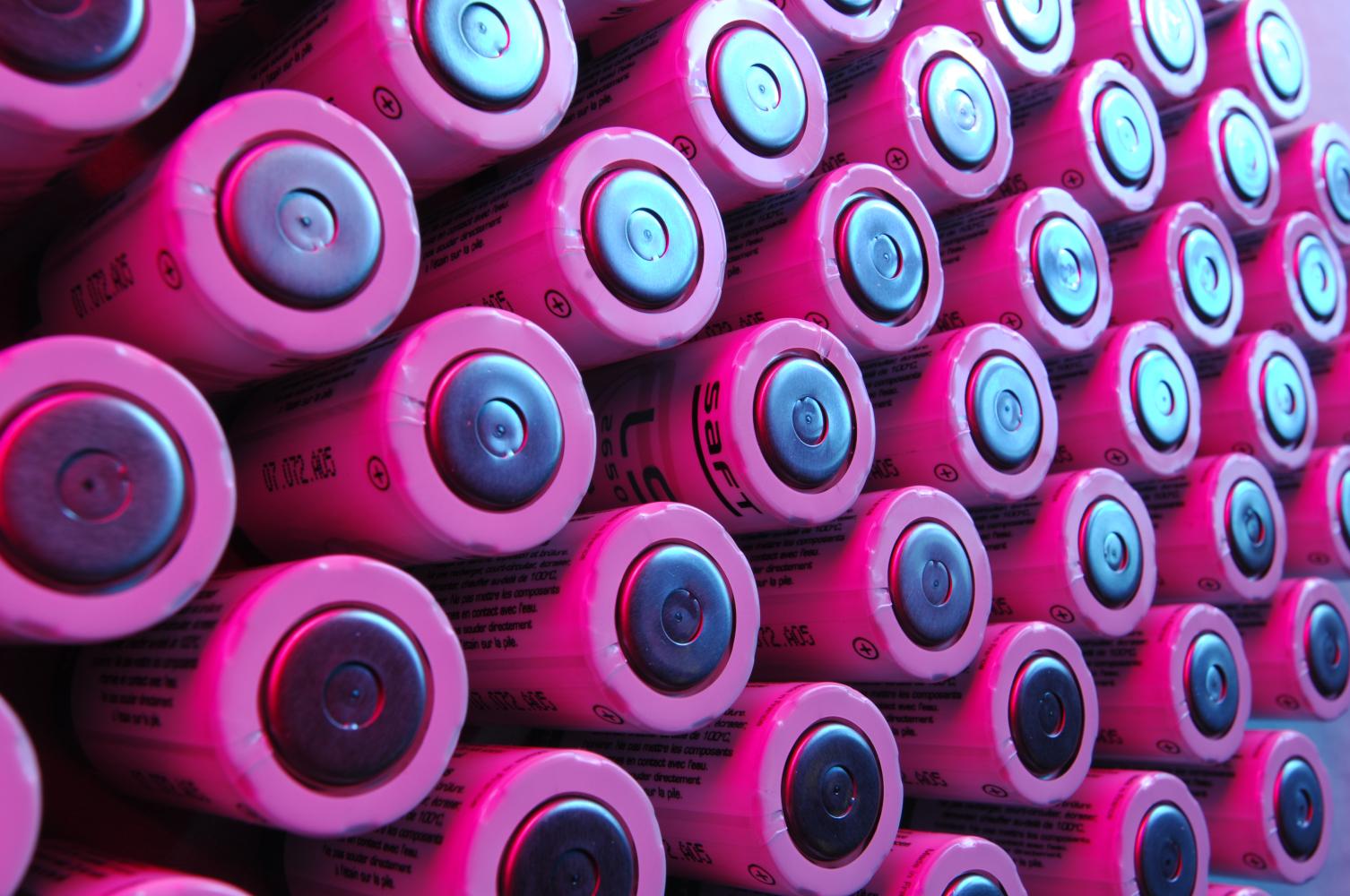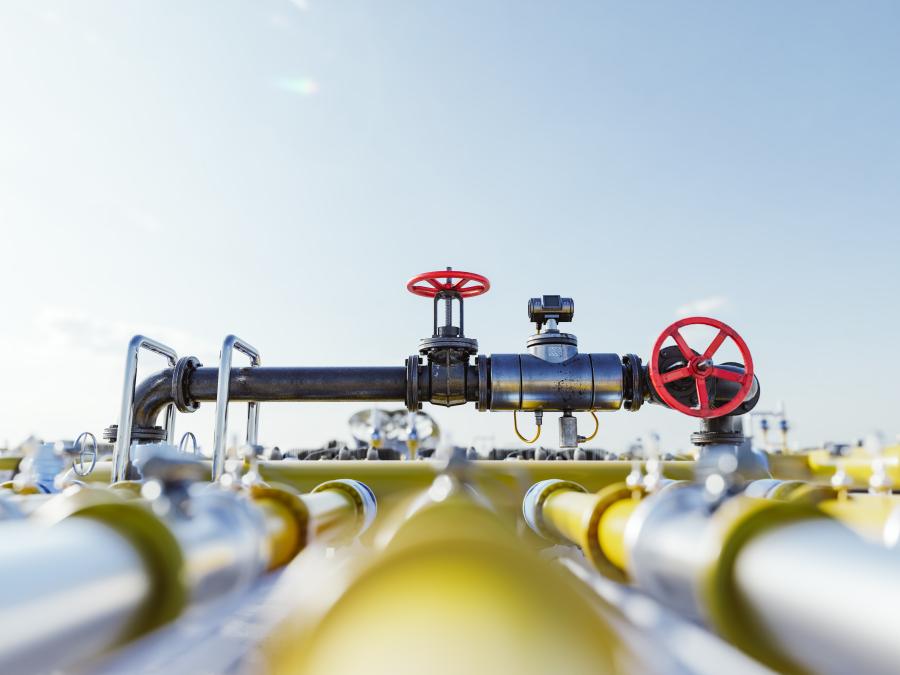
Battery chemistries
In today's battery market, apart from lead-acid technology, three main chemistries dominate: nickel, primary lithium and rechargeable lithium (lithium-ion). At Saft, we are investing heavily in those three chemistries to make each more efficient, last longer and work harder.
Nickel-based batteries
For more than 100 years, Saft has been offering numerous nickel-based battery ranges for a multitude of professional and industrial applications, with elements from 0.1 to 1,500 Ah. The robustness, reliability and longevity of nickel batteries are legendary: it is the reference for difficult or demanding applications. At very low temperatures, it provides excellent performance. It is also good for prolonged storage, with limited or non-existent maintenance.
Saft’s nickel-based batteries work in extreme temperatures and last longer than those of our competition, which makes our batteries the go-to choice for the aviation industry. Some 80 percent of all large commercial aircraft use our Ni-Cd batteries. They can also be found in industrial standby applications, on board trains, on offshore platforms and powering telecom masts.

Primary-lithium batteries
Our primary-lithium battery range consists of three main electro chemistries – Li-SOCl2, Li-SO2, Li-MnO2 – each providing both high-energy and high-power solutions. Proven over time, our technologies can last more than 20 years, making them ideal for use in long-lasting applications where replacement is difficult and expensive. A good example is gas, water and electric meters, where primary lithium is the battery of choice.

Rechargeable lithium batteries
The most powerful lithium-ion batteries are also made by Saft. We offer solutions with many different electro chemistries such as NMC, NCA, NMC/NCA and SLFP. They can discharge in less than 10 minutes and can provide emergency power for the Joint Strike Fighter Aircraft F-35, for example, at -40°C, when most batteries would be frozen. At the other end of the scale, they can also function at extremely high temperatures – in Formula One cars, for example.

Technologies of the future
The world needs more power, in a form that is more sustainable and renewable. Our energy-storage strategies are currently shaped by lithium-ion batteries – at the cutting edge of such technology – but what can we look forward to in years to come?
Learn more about the technologies of the futureLearn more about the technologies of the future

Looking for a product or document?
Visit Download App, our one-stop customer portal for all your services!